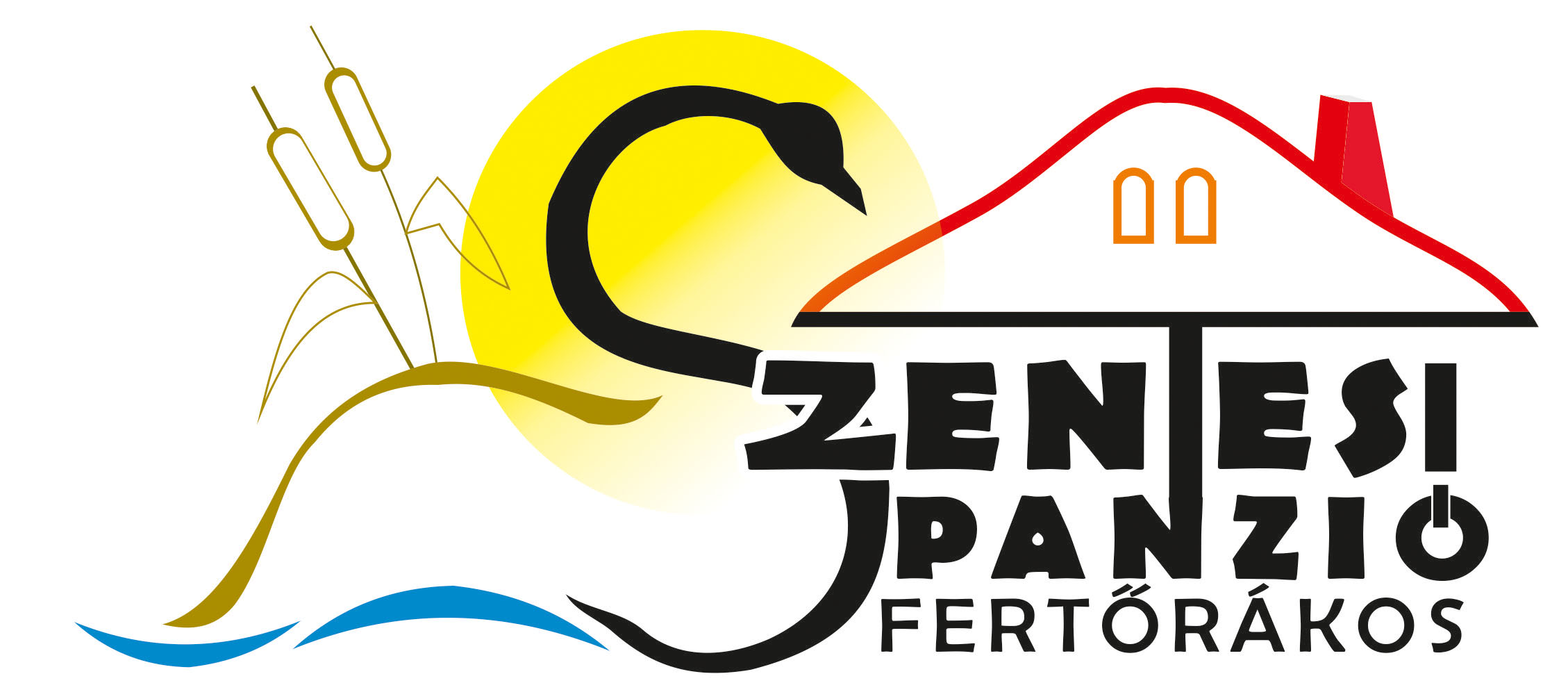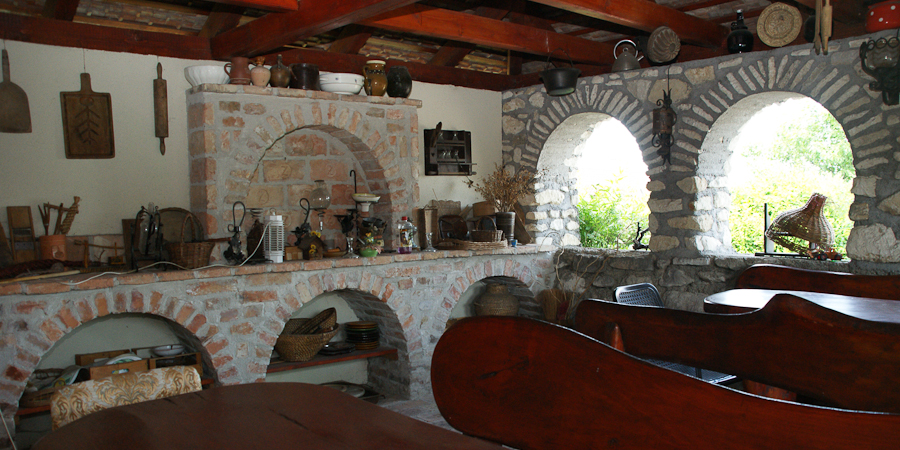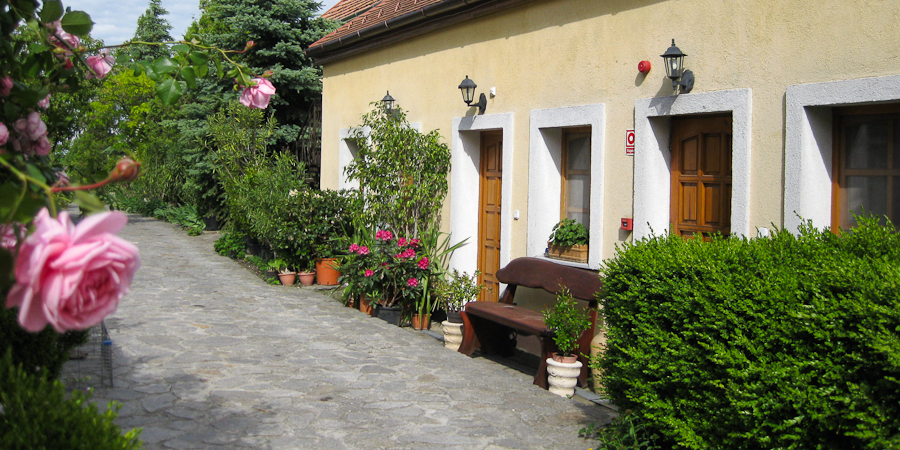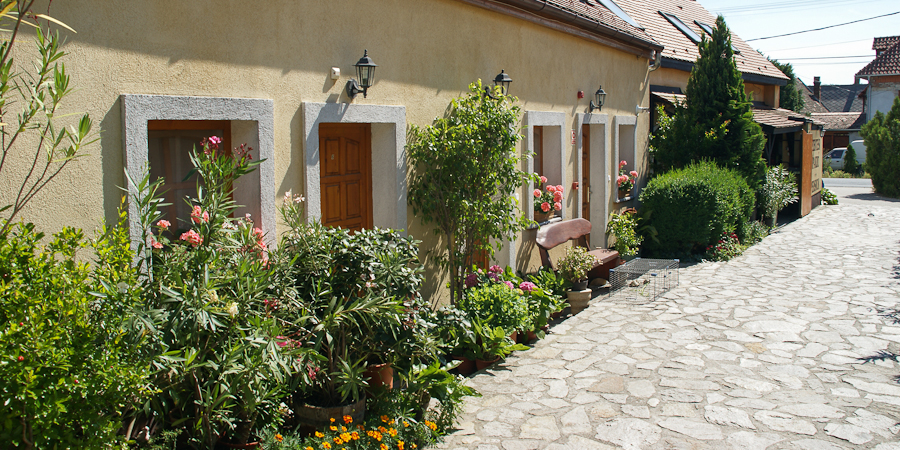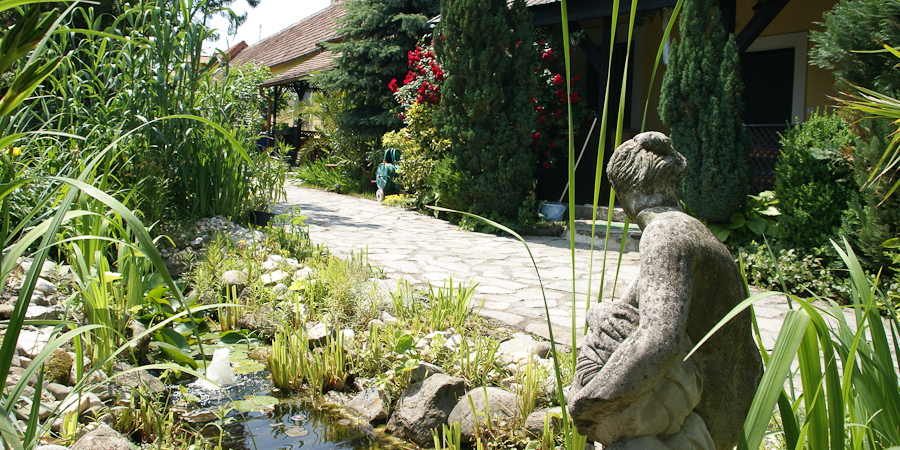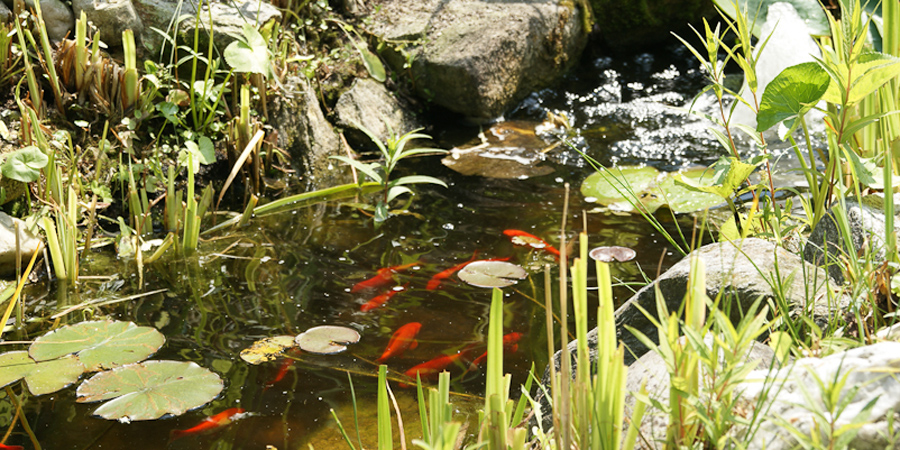Fertőrákos
Part of the World Heritage
 The Fertő Region and its rich cultural environment became owing to a UNESCO decision part of the World Heritage in 2001. Fertőrákos represents an outstanding value with its historic characteristics and the Roman remains. The village with 2300 inhabitants is located 10 km far from Sopron. The first written records of 1199 mention the village as “Racus”, which still has the same characteristics. The main sight of the village is the Stone Pit (Kőfejtő). The operation in the mine started in the Roman ages. The Lajta limestone contains animal and plant fossils. The unique sight of the Stone Pit is the 10-12 meters high cave with excellent acoustics, which operates as a theatre in summers. The Mithras Chapel located near the Fertőrákos – Mörbisch border station for walkers and cyclists is the evidence for the existence of a village in the Roman ages. The unique public pillory from the 16th century still in existence in
The Fertő Region and its rich cultural environment became owing to a UNESCO decision part of the World Heritage in 2001. Fertőrákos represents an outstanding value with its historic characteristics and the Roman remains. The village with 2300 inhabitants is located 10 km far from Sopron. The first written records of 1199 mention the village as “Racus”, which still has the same characteristics. The main sight of the village is the Stone Pit (Kőfejtő). The operation in the mine started in the Roman ages. The Lajta limestone contains animal and plant fossils. The unique sight of the Stone Pit is the 10-12 meters high cave with excellent acoustics, which operates as a theatre in summers. The Mithras Chapel located near the Fertőrákos – Mörbisch border station for walkers and cyclists is the evidence for the existence of a village in the Roman ages. The unique public pillory from the 16th century still in existence in  Hungary can be seen in the centre of the village. The baroque castle of the Bishopric of Győr was built in the 17-18th century on medieval foundations. The baroque catholic church of the village with its medieval church tower was consecrated in 1996. The quiet canebrake fields of Lake Fertő with its unique flora and fauna and its protected natural values offer peaceful recreation. The only beach on the Hungarian lakeshore located near Fertőrákos can be used for bathing, sailing and windsurfing. The village is linked to Sopron and the nearby villages with a built cycle path. The lake can be cycled around and there are possibilities for riding and hiking as well. The excellent wines of the historic Sopron Wine Region are made from the grapes of the vinelands near the village.
Hungary can be seen in the centre of the village. The baroque castle of the Bishopric of Győr was built in the 17-18th century on medieval foundations. The baroque catholic church of the village with its medieval church tower was consecrated in 1996. The quiet canebrake fields of Lake Fertő with its unique flora and fauna and its protected natural values offer peaceful recreation. The only beach on the Hungarian lakeshore located near Fertőrákos can be used for bathing, sailing and windsurfing. The village is linked to Sopron and the nearby villages with a built cycle path. The lake can be cycled around and there are possibilities for riding and hiking as well. The excellent wines of the historic Sopron Wine Region are made from the grapes of the vinelands near the village.
